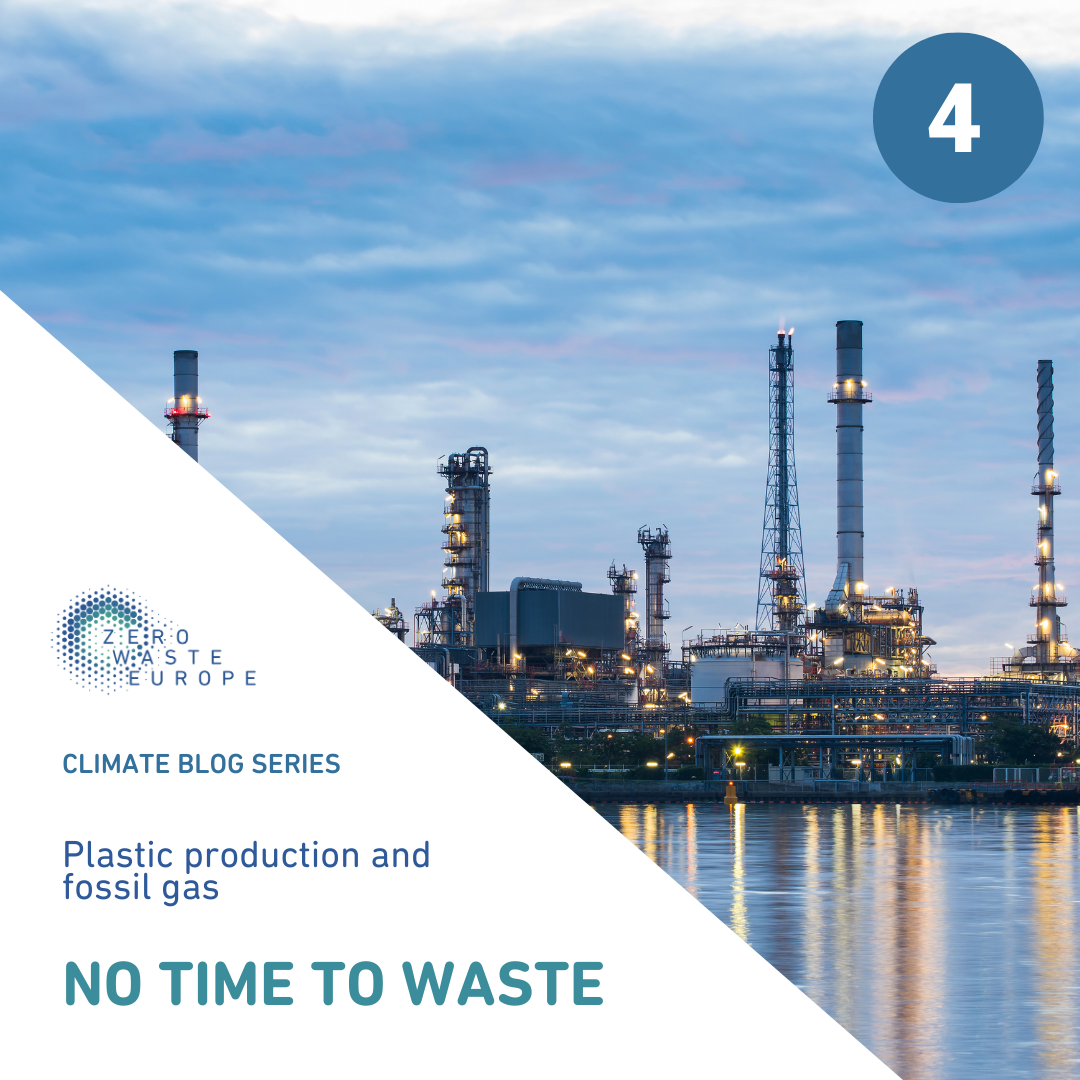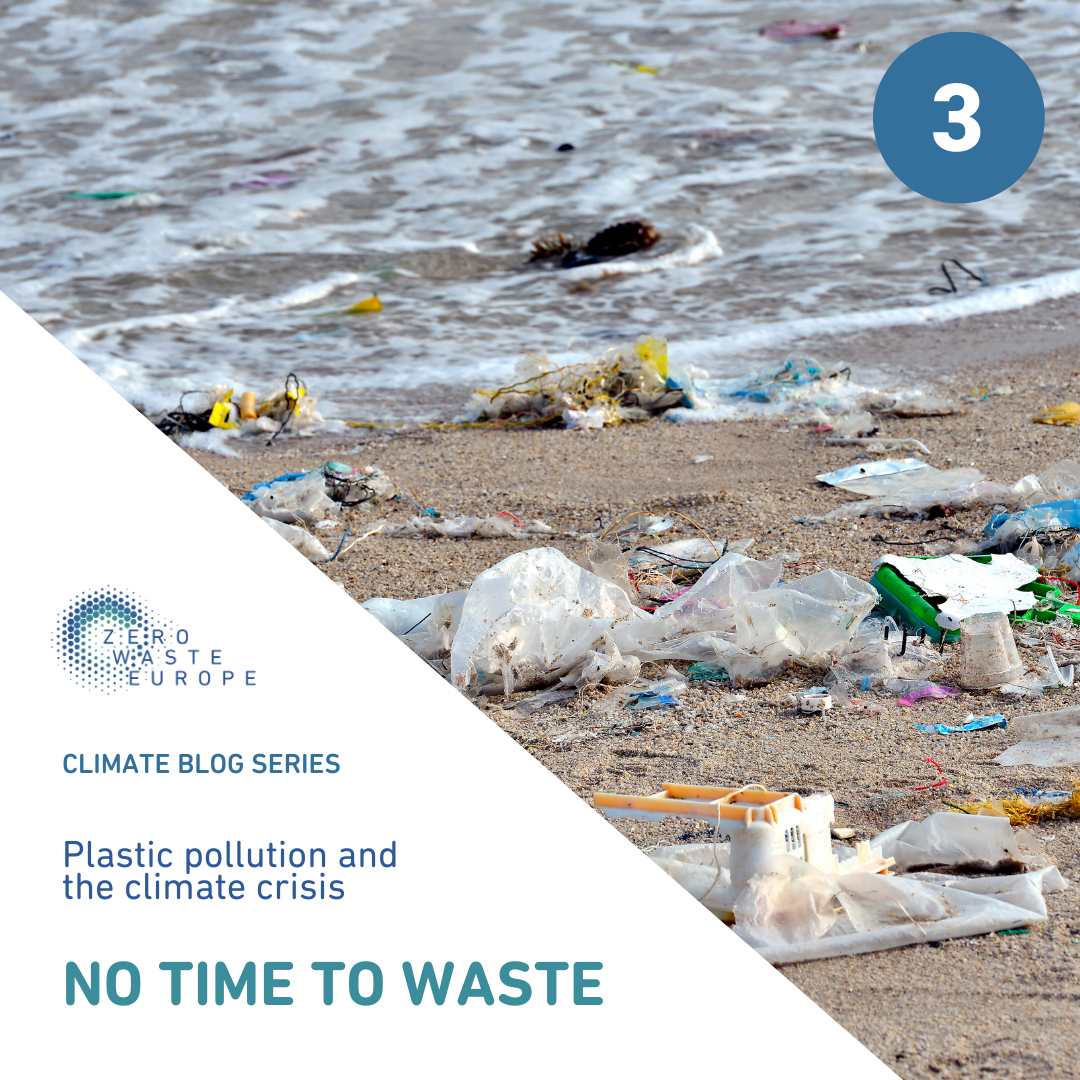Plastic pollution is so commonplace you would be forgiven for thinking plastic grows on trees, but it is not in fact found naturally in our environment. Instead, like many other materials we use regularly, plastics are created in large industrial processes that require lots of energy.
Plastics are produced almost entirely from chemicals sourced from fossil fuels. Of the various kinds of plastics created, 65% of them (polyethylene, polyvinyl chloride (PVC), polyethylene terephthalate (PET), and polystyrene) rely on ethane as a feedstock. The petrochemicals industry are therefore significant contributors to fossil fuel emissions, further locking humanity into a reliance on dirty energy.
Petrochemicals Meet Fracking
With the world waking up to the severe consequences of burning too many fossil fuels, some unconventional forms of energy creation are taking root in their place. Arguably the most successful at this has been the switch to fossil gas – where the industry has been rebranding itself as “natural gas”, “clean gas”, and most outrageously the “freedom molecule”.
One of the processes used to extract fossil fuels is called fracking: a large hole is drilled into the Earth’s surface at a point expected to be above a natural pocket of gas in the rock, and then water mixed with chemicals is blasted into the hole to force the gas to rise up out of that pocket. Fracking is hugely water intensive, has been known to initiate earthquakes, pollute water sources, create significant negative impacts for local communities, and importantly, it leaks – among many other gases – methane.
The focus of the climate crisis has largely centered around carbon dioxide emissions – and quite rightly as their impact on our planet is not insignificant. However, as explained in blog two of this series, methane is 86 times more potent than carbon dioxide and therefore is a dangerous greenhouse gas that does not act as a “greener” alternative to conventional fossil fuels which emit majority carbon dioxide.
With cheap fracked gas on the rise, the United States have found a way to transport it cost-effectively to Europe in what is known as LNG – liquified natural gas. This is transported in ships as it is easy to store, and then converted back into a usable energy source in ethane cracker plants. And, you guessed it, this fracked gas is now being used as a cheap source of energy for the petrochemicals industry to create new virgin plastics.
No Time To Waste
Unfortunately, whichever way you look at it, the increasing export of LNG to Europe for use in the expansion of the petrochemicals industry does not align with the EU’s climate and circular economy goals. It also conflicts with many European countries’ national laws which include a moratorium on fracking.
With an EU target of becoming carbon neutral by 2050, there is no room for increased plastics production that exacerbates climate change through methane emissions. Similarly, the new Circular Economy Action Plan outlines plastics as a key area to focus on for achieving circularity – something that cannot be achieved if the creation of new throwaway plastics continues to soar. Maintaining current levels of plastic production is already unsustainable.
Together, climate and the circular economy form critical parts of the European Green Deal – and if we want to achieve a greener, more sustainable Europe we cannot allow a petrochemicals expansion that exacerbates climate change and feeds the plastic pollution crisis. Find out more about the demand for plastics and our consumption habits in the next blog on climate.

